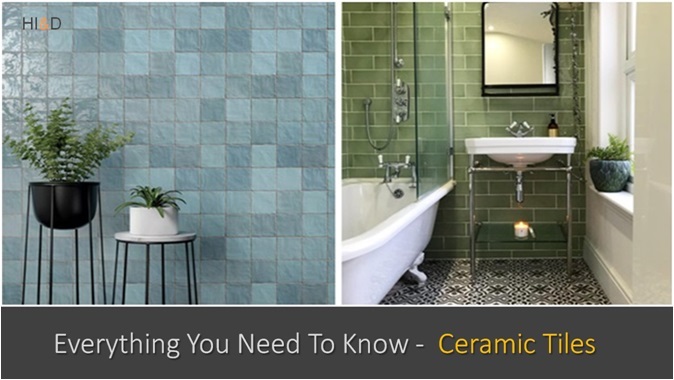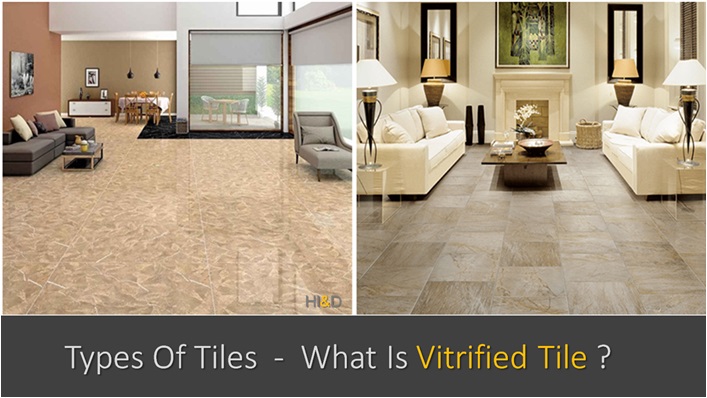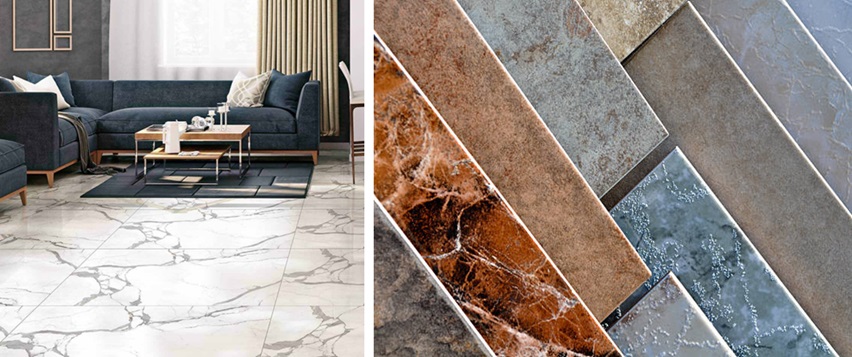
Floor Tiles
Complete Beginners Guide For Floor Tiles Selection
Floor tiles are installed on the floors of residential and commercial projects. These tiles are specially designed and manufactured to be used on different types of floors.
The selection of floor tiles depends upon several parameters, such as load-bearing capacity, abrasion resistance, water resistance property, antiskid property, and other conditions that floor tiles might be subjected to.

Selecting floor tiles involves considering various factors to ensure that the chosen tiles meet both aesthetic as well as technical requirements. A wide range of different types of tiles are available, such as ceramic tiles, porcelain tiles, vitrified tiles, terracotta tiles, wooden tiles, paver blocks, and cement tiles.
This article will guide you by carefully considering important factors that should be considered while selecting floor tiles. It is important to choose floor tiles that not only enhance the aesthetic appeal of your space but also meet the practical requirements for durability, maintenance, and functionality.
Here are some key considerations to help you select the right floor tiles:
How To Select Floor Tiles ?
1. Purpose of the Space
Floor tiles are used for both residential and commercial projects. Similarly, the purpose of tile selection substantially differs for interior and exterior spaces.
Consider the function and purpose of the space where the tiles will be installed. Different areas, such as the kitchen, bathroom, living room, or outdoor spaces, may have specific requirements in terms of durability, water resistance, and ease of maintenance.
2. Material and Type of Tiles
Different types of tiles are available in the tile shops. Tiles come in various materials, including ceramic, porcelain, vitrified, wooden, natural stone, and more. Each material has unique characteristics. Porcelain and vitrified tiles, for example, are known for their durability and low water absorption, making them suitable for high-traffic areas.
Whereas paver blocks, cement tiles, and natural stone tiles, on the other hand, provide an excellent choice for exterior spaces that offer a distinct aesthetic but may require more maintenance.
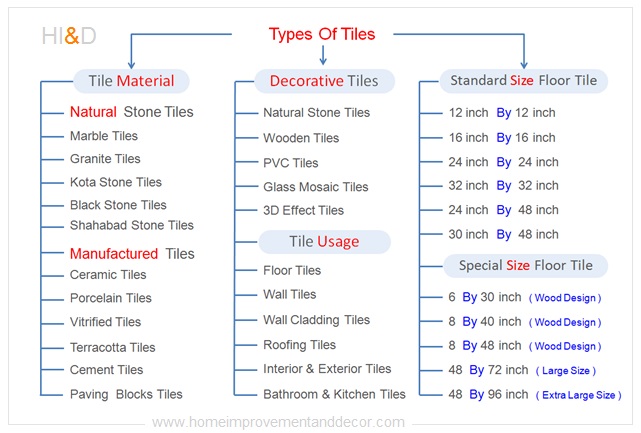
3. Durability And Wear Resistance
Durability, wear and tear, abrasion resistance is an important property for the floor tiles. Further, load bearing capacity is another important factor that affects durability of the tiles.
Durability, wear and tear, and abrasion resistance are important properties of the floor tiles. Further, load-bearing capacity is another important factor that affects the durability of the tiles.
Consider the durability of the tiles, especially in high-traffic areas. Porcelain and vitrified tiles are generally more durable than ceramic tiles and are suitable for areas with heavy foot traffic. Look for tiles with a high PEI (Porcelain Enamel Institute) rating for better wear resistance.
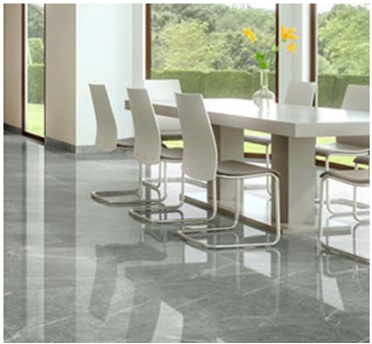
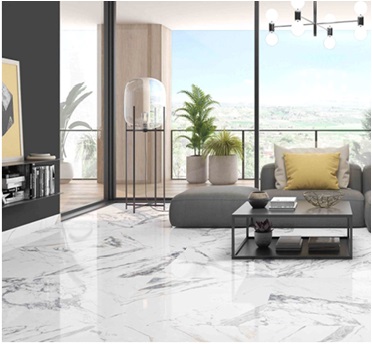
Floor tiles are used for both residential and commercial projects. Similarly, the tile selection purpose substantially differ for interior and exterior spaces.
Consider the function and purpose of the space where the tiles will be installed. Different areas, such as the kitchen, bathroom, living room, or outdoor spaces, may have specific requirements in terms of durability, water resistance, and ease of maintenance.
How To Select Floor Tiles ?
4. Water Resistance
Water resistance in tiles refers to the ability of the tile to repel or resist the penetration of water. It is an essential characteristic, particularly in areas of the home where exposure to water is common, such as bathrooms, kitchens, laundry rooms, and outdoor spaces.
Water-resistant tiles help prevent water absorption, which can lead to damage, staining, and the growth of mold or mildew or other such condition that adversely affect the look and life of the tiles.
It’s important to note that no tile is entirely waterproof, but some are more resistant to water than others. Choosing tiles with appropriate water resistance for the intended application helps ensure the longevity and performance of the tiled surface, especially in areas prone to moisture exposure.

5. Size and Layout
The floor tiles are available in wide range of sizes and shapes. The large format tiles are increasingly becoming preferred choice for both wall and floor tiles. Similarly, plank shape tiles are preferred for the wooden design vitrified and porcelain tiles.
Consider the size of the tiles and the layout you prefer. Larger tiles can create a sense of spaciousness, while smaller tiles may be suitable for intricate patterns. The layout pattern, such as straight, diagonal, or herringbone, can impact the visual appeal of the space.

6. Color And Design
The color, pattern and design are other factors that affect the look of the tiled floor. Choose a color and design that complements the overall theme and style of the space.
Light-colored tiles can make a room feel brighter and more open, while darker tiles may add warmth. Consider the color scheme of walls, furniture, and fixtures.
How To Select Floor Tiles ?
7. Texture and Finish
Tiles come in various textures and finishes, including matte, glossy, and textured surfaces. The finish can affect the tile’s appearance, maintenance requirements, and slip resistance.
High gloss tiles offer a clean look and ease of maintenance. Whereas, matte finishes are often preferred for high-traffic areas to reduce the visibility of scratches and scuffs.
8. Ease of Maintenance
Floor tiles are used for both residential and commercial projects. Similarly, the purpose of tile selection substantially differs for interior and exterior spaces.
Consider the function and purpose of the space where the tiles will be installed. Different areas, such as the kitchen, bathroom, living room, or outdoor spaces, may have specific requirements in terms of durability, water resistance, and ease of maintenance.

9. Budget
Ceramic tiles are relatively cheaper as compared to vitrified and porcelain tiles. The tile prices can also substantially in terms of type and brand. The natural stone tiles such as Italian marble tiles are premium product that needs sizable budget.
Establish a budget for your tile project. Tiles come in a wide range of price points, so knowing your budget can help narrow down options. Consider factors such as installation costs and any additional materials needed.
Obtain samples of the tiles you are considering and assess them in the actual space where they will be installed. Additionally, consider a test installation to evaluate the overall look and feel before committing to the entire project.



